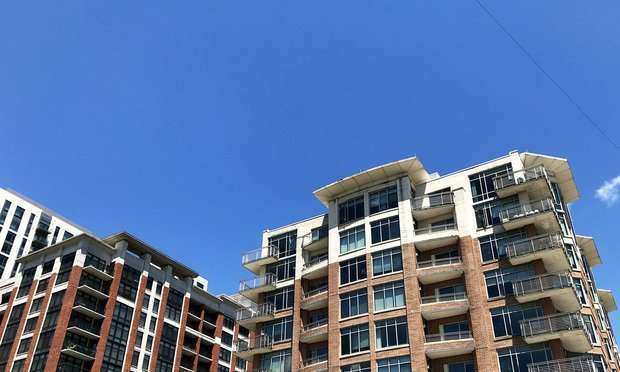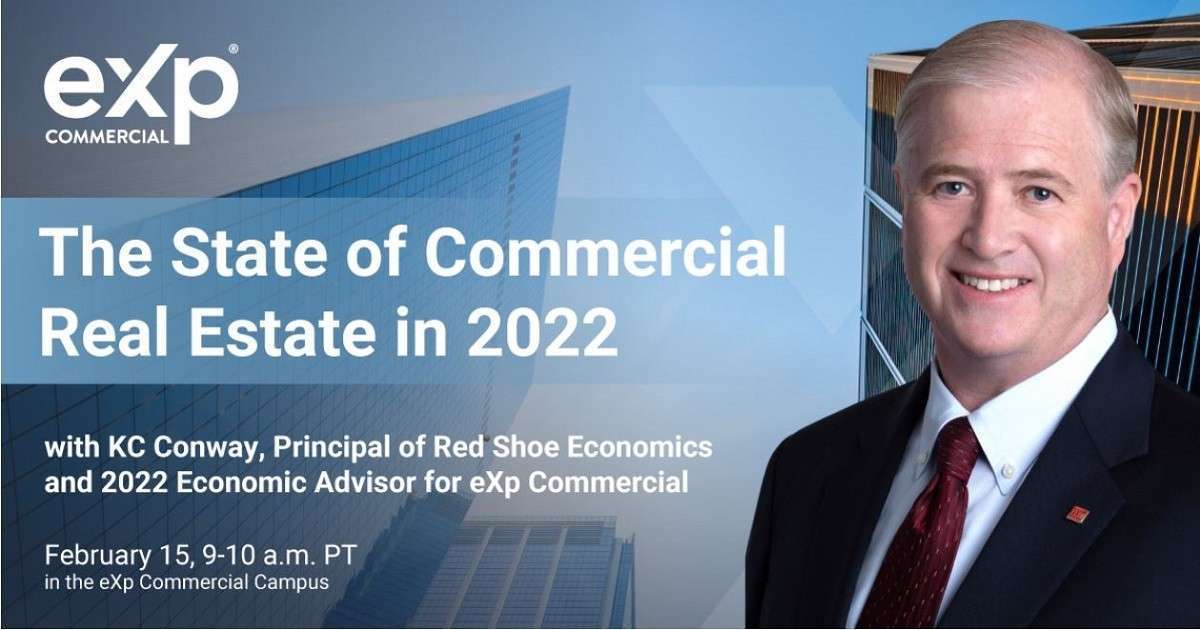
Fed policy is critically important to interest rates and January has marked a shift in the Fed policy outlook. In not so many words, the Fed sees itself hiking rates and decreasing its bond purchased more quickly than previously expected. It has conveyed this in various ways since the beginning of the month. Today's policy announcement and press conference were just the latest iterations. They were also arguably the least equivocal.
Despite the relatively clear communication from the Fed in recent weeks, financial markets were increasingly laboring under the misapprehension that the Fed would take a softer tone in light of recent market drama. In other words, stocks have dropped significantly and rates spiked to 2-year highs as the Fed began its communication push this month, so perhaps they would "communicate" in a more market-friendly way today.
While it's not uncommon for some market participants to hope for such things, it was never very likely in this case (one of the reasons I reiterated that the Fed is not tasked with babysitting the market in yesterday's commentary). True to form, the Fed paid zero attention to recent market movement. In their view, rates are still low, and asset prices are elevated. If anything, they feel they need to hustle when it comes to hiking rates and decreasing bond purchases.
Bottom line, the market was a bit flat-footed heading into today's Fed events. When the Fed stuck to the tightening script rather religiously, rates were forced to snap back to the reality they'd previously done a good job of understanding. Case in point, Treasury yields and mortgage rates are both very close to levels seen last Monday. Mortgage rates just happen to have edged slightly higher, thus earning the dubious distinction of "highest in 2 years."



